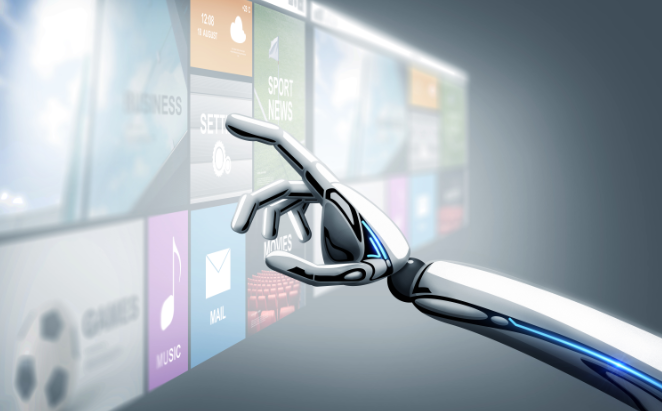Home >Technology peripherals >AI >Key trends shaping the future of artificial intelligence and data science
Key trends shaping the future of artificial intelligence and data science
- PHPzforward
- 2023-08-16 23:21:05986browse

Artificial intelligence and data science have become data-centric capabilities and understanding of target customers that are dominating the world. Businesses need to keep a close eye on some of the top artificial intelligence and data science trends to survive in the global technology market. This article will reveal some of the key trends in global artificial intelligence and data science to understand the latest developments in the industry. For example, AIOps (artificial intelligence for IT operations), data-centric artificial intelligence, natural language processing (NLP), and robotic process automation are some of the promising technologies
Data-centric artificial intelligence
The data-driven approach to artificial intelligence highlights the trend from model- and code-centric to data-centric to build better artificial intelligence systems. Through solutions such as AI-specific data management, synthetic data and data labeling technologies, multiple data challenges can be solved, including issues of accessibility, capacity, privacy, security, complexity and scope
Natural Language Processing (NLP)
The field of NLP continues to grow as the need for computers to understand human language increases. Startups develop NLP-based systems capable of recognizing words, phrases and speech, and are used by businesses to facilitate interactions between consumers and conduct extensive research
automated machine learning
automation Machine learning platforms are growing in popularity and have taken on various stages of the data science life cycle. These platforms automate data sources, feature engineering, machine learning experiments, model evaluation and selection, and deploy the most effective models into production environments
Learning Platform
With business data in mind As volume and diversity increase, machine learning platforms remain key. By combining it with intelligent algorithms, application programming interfaces and large-scale data sets, MLP is able to provide valuable business insights and innovative solutions
Edge Artificial Intelligence
Edge Artificial Intelligence refers to Data processing occurs at edge locations near IoT endpoints, rather than on centralized servers or in the cloud. This approach enables real-time insights, pattern detection, and data privacy protection. Edge AI also improves the development, orchestration, integration, and deployment of AI models. According to Gartner forecasts, by 2025, more than 55% of deep neural network data analysis will be performed at the point of capture in edge systems, compared with less than 10% today
Robotic Process Automation
This advanced software technology for building, deploying and managing robots to mimic the behavior of humans interacting with digital systems and software will advance rapidly. With the ability to perform a large number of tasks efficiently and accurately, it will be adopted by more and more industrial and commercial organizations in pursuit of accuracy and efficiency
AI as a Service
AlaaS is a platform that provides advanced artificial intelligence A third-party entity with smart features that only requires a one-time subscription fee, making it popular among small and medium-sized businesses. Through off-the-shelf software, AIaaS is helping enterprises fully leverage the power of artificial intelligence in key areas such as customer service, data analysis and automated production In the world of judgment, analyzing large amounts of information accurately and quickly is crucial. Advances in quantum artificial intelligence have improved the capabilities of business operations in solving difficult tasks and optimizing. The powerful processing power of quantum computers makes high-performance artificial intelligence a reality AIOps provider of digital experience and related data analytics to improve critical processes, decisions and operations and optimize the processing of large amounts of incoming information
Predictive Analytics
Advanced analytics as defined by IBM It is a method that uses historical data, statistical modeling, data mining techniques and machine learning to predict future outcomes. Advanced analytics will continue to evolve as businesses must adopt them amid the proliferation of data to identify risks and opportunities in various areas, such as weather, healthcare or scientific research, and find appropriate solutions
The above is the detailed content of Key trends shaping the future of artificial intelligence and data science. For more information, please follow other related articles on the PHP Chinese website!

